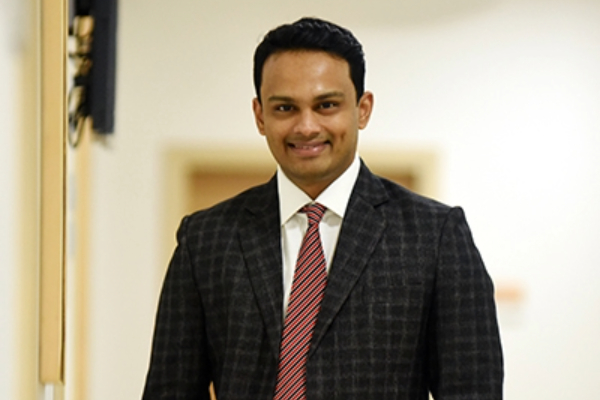Liposuction Surgery
Understanding Liposuction Surgery
Liposuction is a cosmetic procedure that aims to improve how someone looks by removing excess fat. It’s the second most common cosmetic surgery globally, right after breast augmentation. People usually choose liposuction to enhance their body shape by getting rid of extra fat from areas like the arms, face, thighs, hips, abdomen, and back.
Commonly known as lipoplasty or body contouring, this procedure works by breaking down fat deposits and sucking them out using a vacuum. Liposuction is known for its ability to distribute remaining fat evenly, enhancing the overall body shape.
Before the Surgery
Before getting liposuction, a thorough assessment is done by plastic surgeons to make sure the person is a suitable candidate. This includes:
– Checking the target areas to understand the amount and distribution of fat, as well as the quality of the skin.
– Calculating the Body Mass Index (BMI) to see if the person is at a suitable weight for liposuction.
– Evaluating the elasticity of the skin to make sure it can adjust to the new contours after fat removal.
– Conducting medical tests, like blood tests and imaging studies, to assess overall health.
It’s important for the person to talk openly with the surgeon about their expectations from the surgery. Based on the assessment, the surgeon will decide if liposuction is suitable and recommend the best techniques.
Types of Liposuction
There are different types of liposuction commonly performed in India:
– Tumescent Liposuction: This involves injecting a solution to swell fat tissues before removing them with a vacuum.
– Power-assisted Liposuction (PAL): This technique uses a vibrating tool for efficient fat removal, especially in challenging areas.
– Laser-assisted Liposuction (LAL): Laser technology is used to break down fat tissues and tighten the skin.
– Ultrasound-assisted Liposuction (UAL): Ultrasound energy is used to melt fat tissues, which are then removed with a vacuum. This is helpful for specific skin tones and commonly used in treating gynecomastia.







